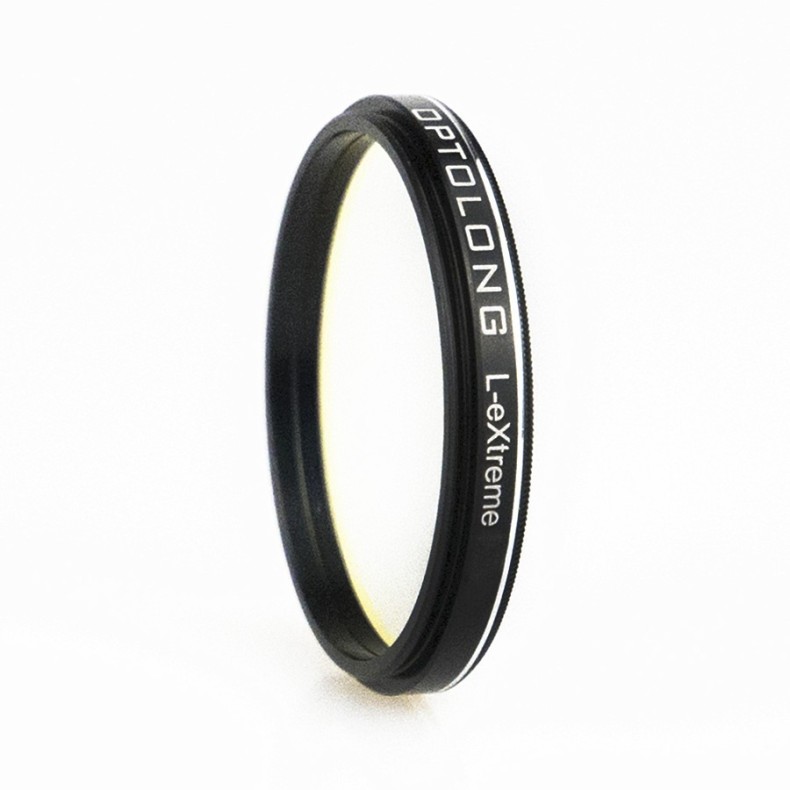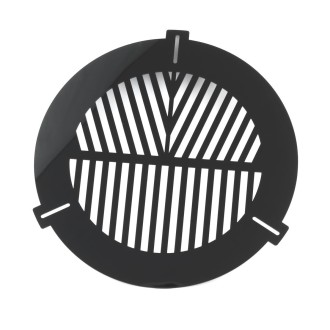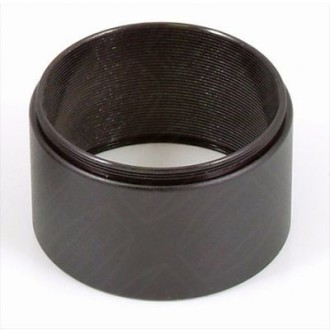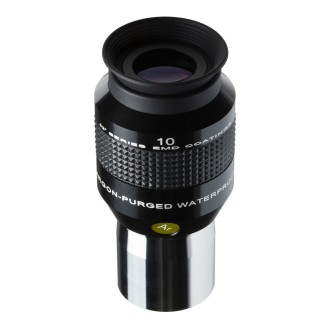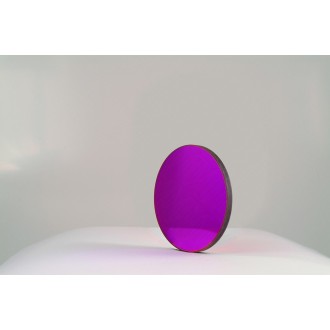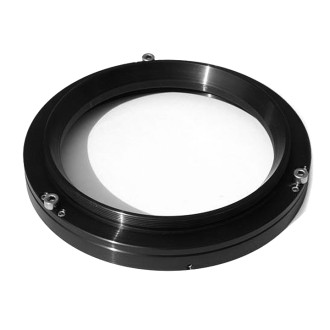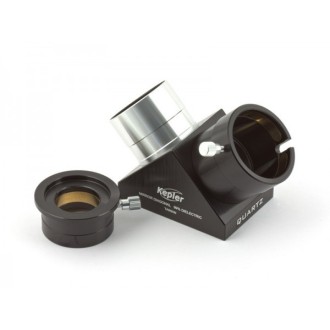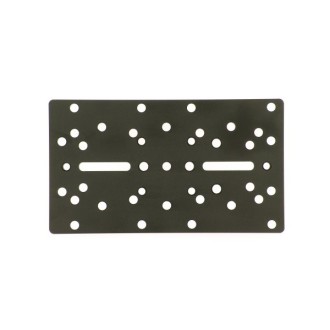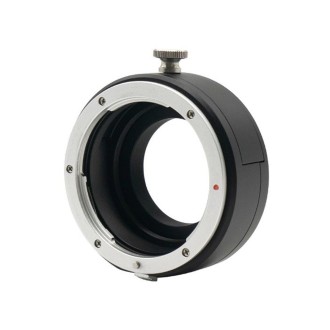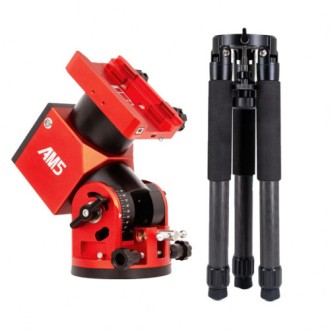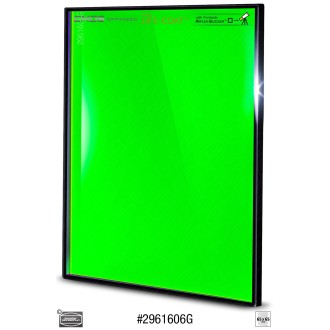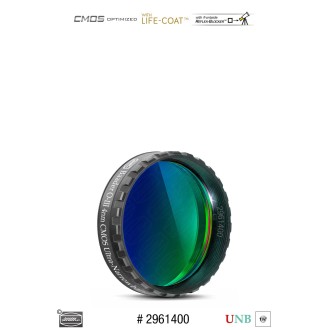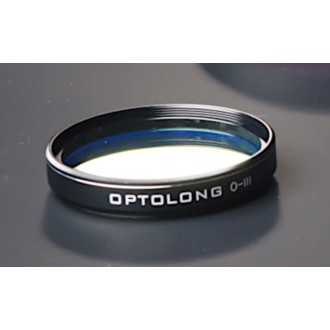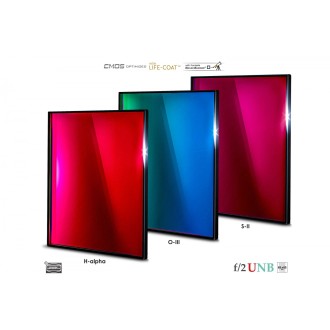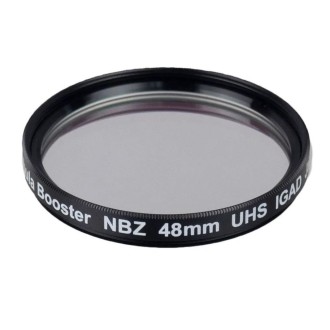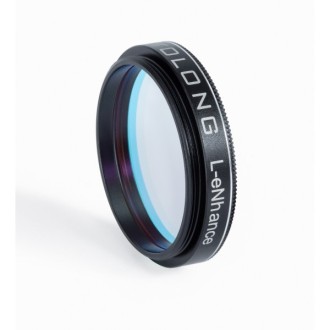
Dual narrow band astronomy filter Optolong L-eXtreme 2" L-eXtreme 2"
Unlike the Optolong L-eNhance filter, which is three-band (transmits Hb, Ha and OIII), the L-eXtreme filter is dual-band allowing the Ha and OIII emission lines to pass through.
| Carrier | Description | Estimated Delivery | ||
|---|---|---|---|---|
 |
Home delivery - International | Home delivery - International |
Friday, 21 March - Friday, 28 March |
|

Home delivery - International
Home delivery - International
Estimated delivery:
Friday, 21 March - Friday, 28 March
Dual narrowband astronomy filter Optolong L-eXtreme 2" L-eXtreme
1. Introduction to L-eXtreme
L-eXtreme is a bandpass filter with two 7nm transmission bands that can be used with color cameras such as DSLRs (Digital SLRs) and monochrome CCD cameras; it is also best suited for fast systems. The convenience and cost-effectiveness of this filter allows amateurs to obtain images of emission nebulae, even in bright skies and light pollution. The L-eXtreme filter design is the best choice for fast systems at competitive prices. It isolates the emission lines of the H-Alpha and Oxygen III nebulae to maximize contrast and signal-to-noise ratio between nebulae. For people living in areas heavily polluted by light, or when the moon rises, the L-eXtreme is a good filter.
Unlike the Optolong L-eNhance filter, which is three-band (transmits Hb, Ha and OIII), the L-eXtreme filter is dual-band, for the Ha and OIII emission lines. The advantage of the L-eXtreme filter is that there is no transmission between the H-beta and OIII lines, since there are no nebula emission lines there. In this case, it does not let light pollution through to maximize the nebulae signal and make the sky background darker during imaging. The L-eXtreme filter better isolates only the emission lines and better protects from light pollution.
Hydrogen is the most abundant, simplest and oldest element in the universe. Scientists believe that hydrogen accounts for more than 90% of the visible substance in space. Our sun is 5 billion years old, but so far hydrogen remains the key subject of nuclear fusion. While the element sulfur is not of much scientific importance, maintaining H and O is important for the exploration of life. Therefore, we highlight H-a, H-b, O3 and O2, and reduce the sulfur signal.
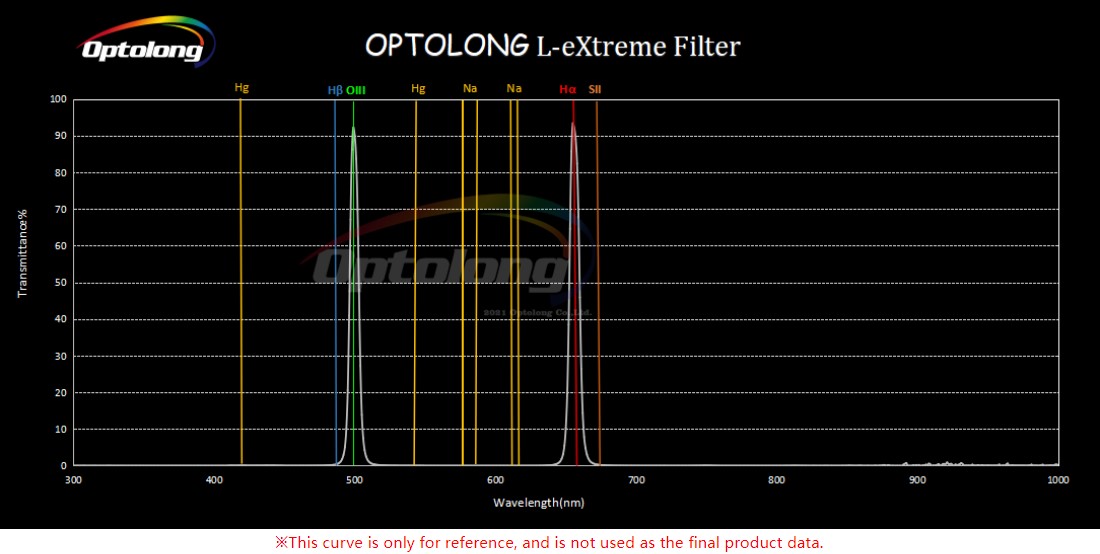
2.Spectrum and characteristics
- Substrate: B270
- Thickness: 1.85 mm
- Typical: T> 90%
- Blocking range: 300-1000nm
- Depth of obscuration: blocking of light pollution lines > 99%
- Surface quality: 60/40
- RMS transmitted wavefront: λ / 4
- Parallelism: 30s
3. Coating technology
- Multi-layer anti-reflective coating
- Non-cementitious optical substrate coating
- The Optolong L-Pro filter adopts precision coating based on ion-assisted deposition coating technology for durability and scratch resistance, as well as CWL (center wavelength) stability without deviation affected by temperature changes.
- Planetary rotation system offers precision and homogeneity of coatings ensuring high value in passband transmission and out-of-band optical density.
Dual narrow-band astronomy filter Optolong L-eXtreme 2"

